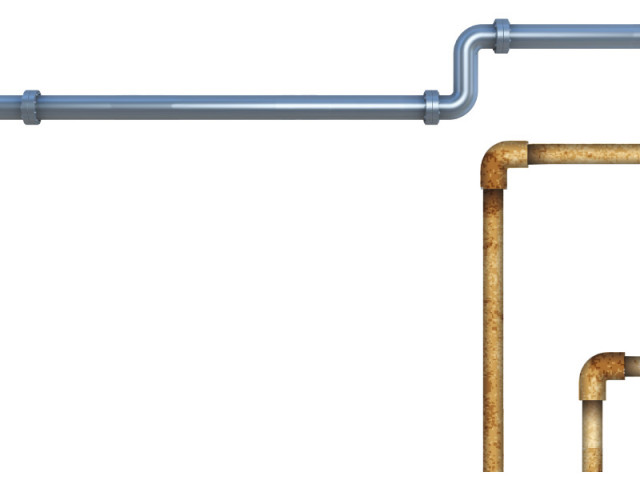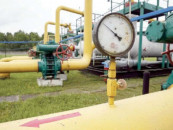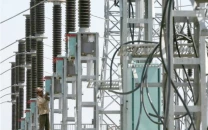New petroleum policy: Govt aims to give significant boost to production
Wellhead gas price increased by 60% to attract exploration firms.

In an attempt to attract much-needed investment and plug the growing gap between supply and demand of energy, the government on Monday unveiled a new petroleum policy, aimed at increasing crude oil and gas production by 49% and 19% respectively within a year.
In the new policy, wellhead gas price has been increased by 60% from an average of $4.2 per million British thermal units (mmbtu) to $6.7 per mmbtu, an encouragement for exploration companies to step up their activities in the country.
At a press conference held to highlight key features of the policy, Adviser to Prime Minister on Petroleum and Natural Resources Dr Asim Hussain boasted that the government had given a comprehensive document to enhance oil and gas production in the country, terming the day ‘historic’.
Before announcing the policy, Hussain met with chief executive officers of exploration companies, which committed to increasing the production of oil and gas.
“We hope crude oil production will rise to 100,000 barrels per day from the current 67,000 bpd and gas output will increase to five billion cubic feet per day (bcfd) from 4.2 bcfd by the middle of next year,” he said.
This way, the country will be able to meet 25% of its oil requirements from domestic sources, he said.
Sounding optimistic, Hussain said the upcoming winter would not be tough in terms of gas shortage. “We will add 400 to 500 million cubic feet per day (mmcfd) of gas to the system from existing fields,” and the supply in Punjab was also better where the industry was receiving gas for five days a week, he said.
“We have also found a solution to the gas shortage for fertiliser companies and they will receive direct supply from the gas fields,” he said, adding Pakistan would be in a position to export fertiliser in a year. However, restrictions on compressed natural gas (CNG) stations will remain in place.
“The government will eliminate gas subsidy gradually and only lifeline consumers will be provided subsidy,” he stressed.
Hussain admitted that progress on liquefied natural gas (LNG) and liquefied petroleum gas (LPG) projects had been slow, but said the government would find a solution very soon. India has also offered 200 million cubic feet (mmcfd) of LNG for a period of five years.
In a bid to encourage investment, the petroleum ministry has planned road shows abroad on the new policy and the Turkmenistan-Afghanistan-Pakistan-India gas pipeline.
Discussing the increase in wellhead gas prices, Hussain pointed out that the index price in the international market was going up, making it necessary to jack up prices in the country as well to attract exploration companies.
“Premier Oil will invest $30 to $40 million in exploration and Kufpak has made the same commitment.”
For Zone-III, gas price has been set at $6 per mmbtu, for Zone-II $6.3 per mmbtu, for Zone-I $6.6 per mmbtu, for offshore shallow projects $7 per mmbtu, for offshore deep projects $8 per mmbtu and for offshore ultra deep projects $9 per mmbtu.
The government will give $1 per mmbtu to the companies on first three discoveries from offshore fields.
Attributing the delay in new policy to the 18th Constitutional Amendment, Hussain said a directorate had been established in the petroleum ministry, which would be represented by all provinces.
Responding to a question, he said the central government had proposed investment of 50% royalty in infrastructure development in the districts where oil and gas was found. However, provinces opposed the proposal and it was decided that 10% of royalty would be spent in such districts.
Under the policy, exploration and production companies will have the right to sell 10% of production to third party whereas state-owned companies will have right over 90% production.
The validity of exploration licence has been reduced from nine years to seven years – initial term of five years plus two renewals of one year each.
Base price of crude oil and condensate for windfall levy has been increased from $30 per barrel to $40. It will increase each calendar year by $0.5 per barrel. The windfall levy will be equally shared by the central and provincial governments.
Published in The Express Tribune, August 28th, 2012.



















COMMENTS
Comments are moderated and generally will be posted if they are on-topic and not abusive.
For more information, please see our Comments FAQ